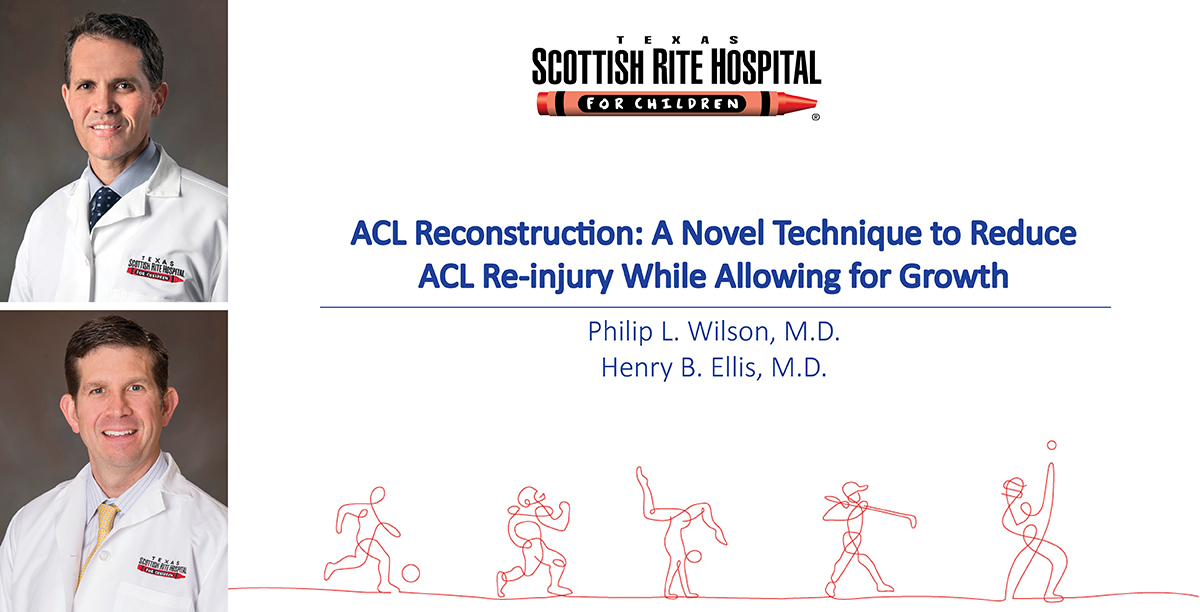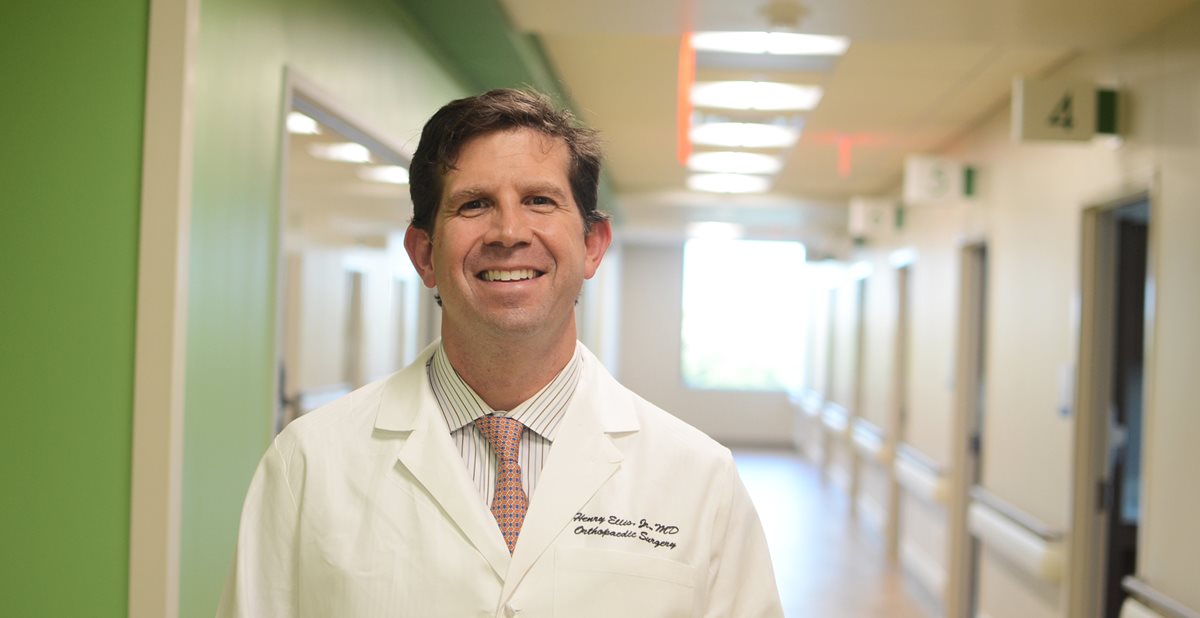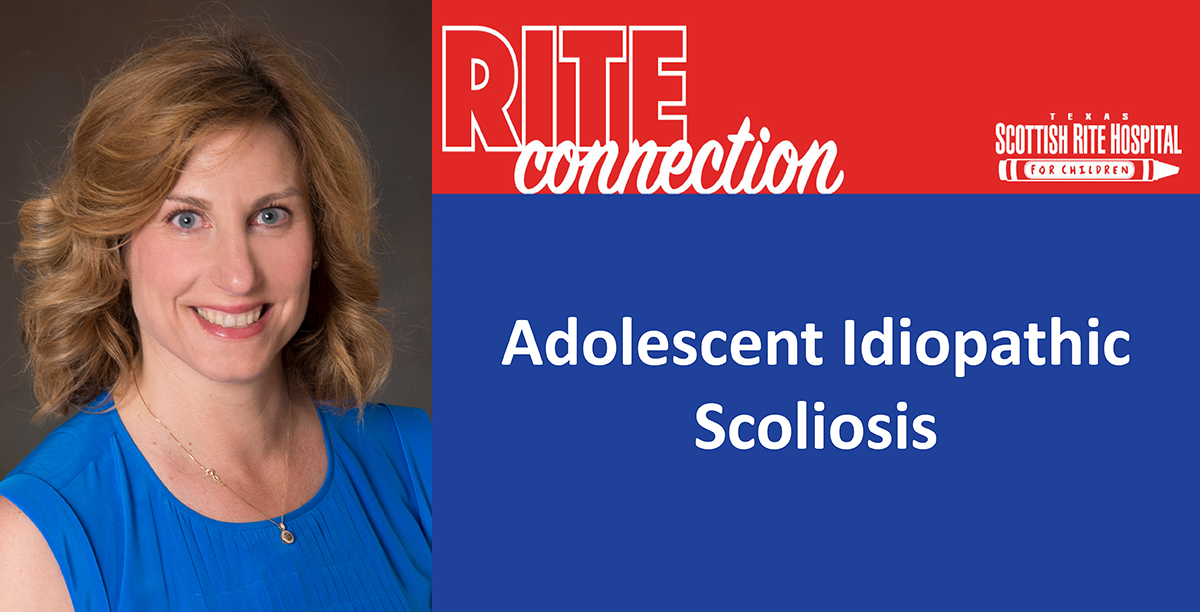Recently, Assistant Chief of Staff Philip L. Wilson, M.D., and pediatric orthopedic surgeon Henry B. Ellis, M.D., published a novel technique for treating an anterior cruciate ligament (ACL) injury. Too many young and growing athletes who have an ACL injury and...



